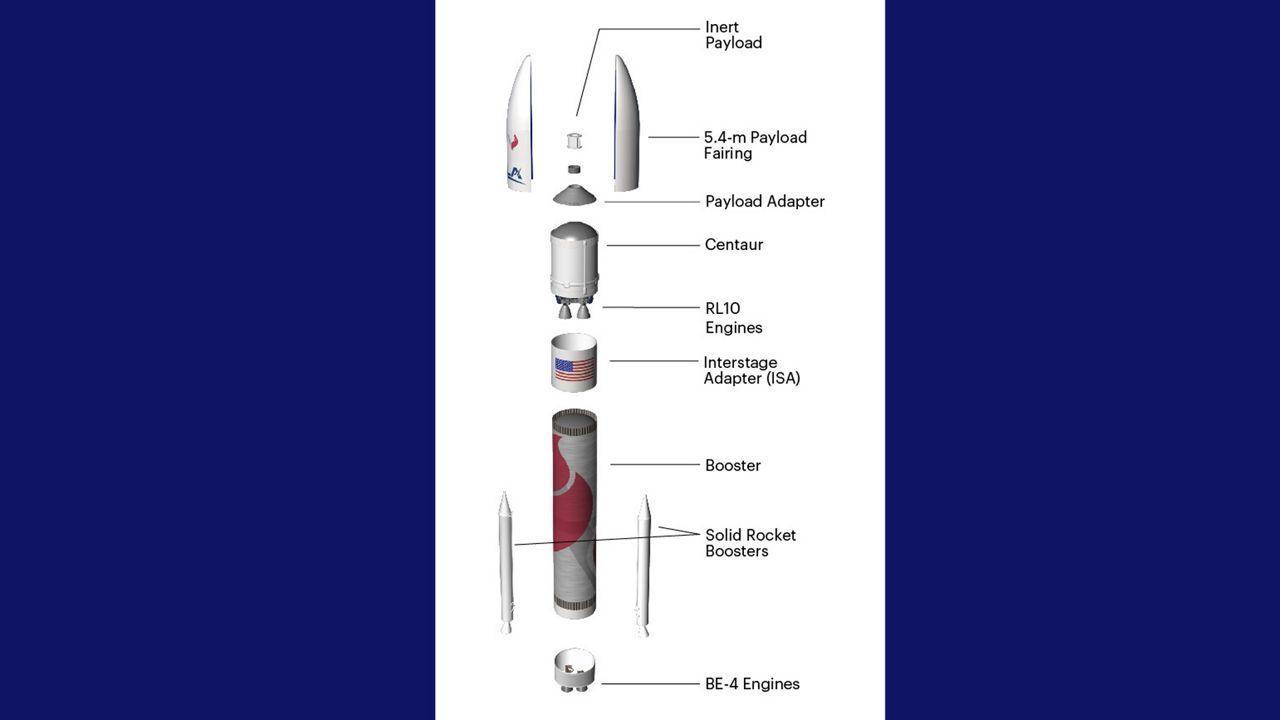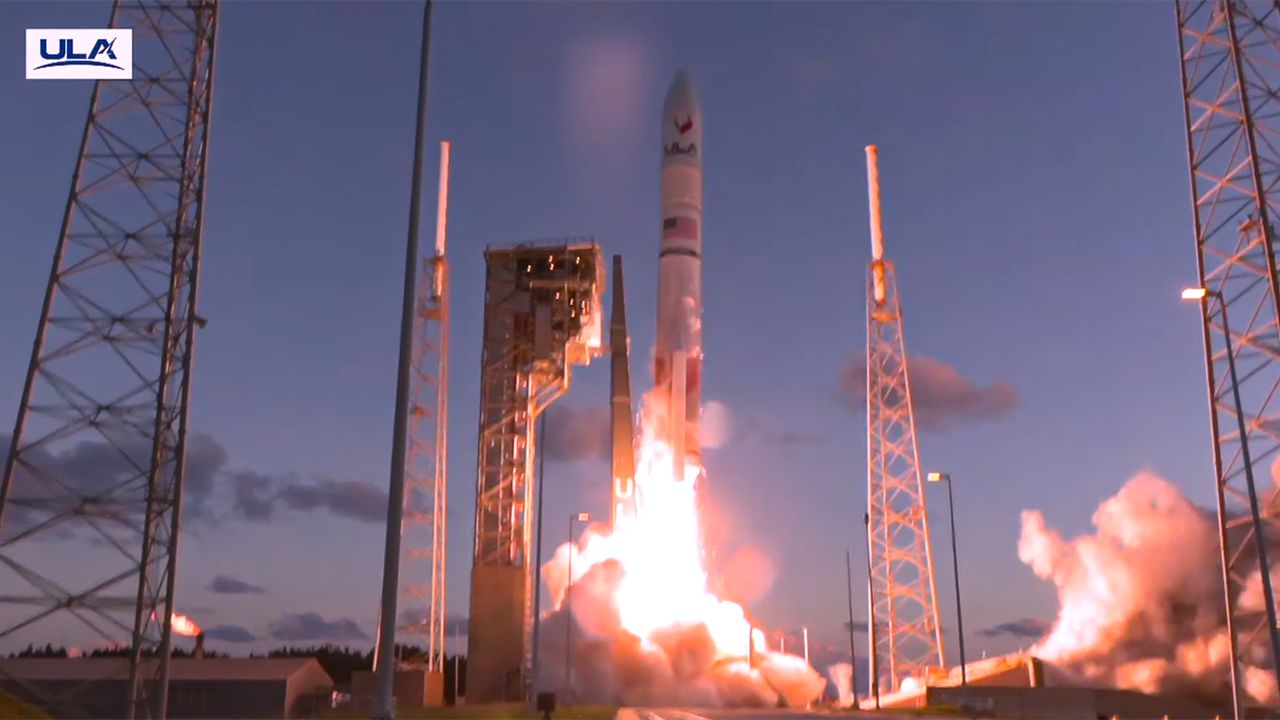CAPE CANAVERAL SPACE FORCE STATION — Space lovers had to wait as United Launch Alliance (ULA) dealt with a glitch and delays, but the Colorado-based company launched its Vulcan Centaur rocket early Friday morning.
What You Need To Know
- The Cert-2 mission took off from Space Launch Complex-41 at Cape Canaveral Space Force Station
- This is not the first time the Vulcan Centaur will be gracing the Sunshine State’s skies
- Get more space coverage here ▶
- 🔻Scroll down to watch the launch again🔻
The United Launch Alliance #VulcanRocket lifts off at 7:25 a.m. EDT (1125 UTC) on the second Certification (#Cert2) flight test. https://t.co/eWLyIiIUE6 pic.twitter.com/NWuzNXQxCW
— ULA (@ulalaunch) October 4, 2024
The 202-foot-tall (61.6 meters) rocket took off from Space Launch Complex-41 at Cape Canaveral Space Force Station at 7:25 a.m. ET, confirmed ULA.
The three-hour launch window opened at 6 a.m. ET, however, minutes before launching, ULA stated Launch Conductor Dillon Rice informed Launch Director Eric Richards that the launch team needed some extra minutes to complete preparations.
During ULA's livefeed (see below), it stated there was a data dropout that somehow stopped the ground systems that halted the fuel flow to the rocket. The launch team configured the systems to continue the flow.
The new launch time was at 6:30 a.m. ET, but minutes before, ULA put another hold but did not say why.
"Hold. The countdown sequence has stopped because a condition was found that needs to be examined before we can continue," ULA stated on X, formally known as Twitter.
After going through the systems, the new launch time at 7:25 a.m. ET was issued.
The 45th Weather Squadron gave a good forecast for the mission, saying there was an 80% chance of favorable conditions.
The only concern was the cumulus clouds rule.
Re-introducing the Vulcan
This is not the first time the Vulcan Centaur will be gracing the Sunshine State’s skies, but it is still not as recognizable as other rockets.
Unlike the more familiar SpaceX Falcon 9 rocket, the Vulcan Centaur is not reusable and will not be landing at a landing pad or on a droneship.
The Vulcan is the booster and the Centaur is the second stage.
For this mission, the Vulcan Centaur VC2S rocket is only carrying one payload, which means its height for this mission is 202 feet tall (61.6 meters), but if it had two payloads, the height would be 221 feet or 67.4 meters.
And a rocket that big needs a lot of fuel to go up.
“The launch team configures the Vulcan Centaur for cryogenic loading and approximately one million pounds (454,000 kg) of methane, liquid oxygen and liquid hydrogen into the rocket's tanks using the same procedures that will be executed on the actual launch day,” ULA explained.
The Vulcan rocket’s engines are made up from different aerospace companies.
- 2 Blue Origin’s methane-fueled BE-4 main engines
- 2 Northrop Grumman Space Systems’ GEM 63XL solid rocket boosters
- 2 Aerojet Rocketdyne’s hydrogen-fueled RL10C-1-1A engines on the Centaur V upper stage
About the mission
The Vulcan second mission, also called CERT-2, is a certification process with the U.S. Space Force.
If this mission is successful, it means the rocket can send up missions for NASA, U.S. Space Force, National Security Space Launch and others.

This is the second test flight of the Vulcan Centaur rocket. The first test successfully launched in January of this year and sent up Astrobotic's Peregrine commercial lunar lander, along with other payloads.
For the CERT-2 mission, ULA did not go into detail as to what will be launched, just stating, “an inert payload and experiments and demonstrations associated with future Centaur V technologies.”
Originally, this mission was supposed to launch Sierra Space's Dream chaser, but as ULA President and CEO Tory Bruno stated in a video, the private space company was not quite ready and he did not want to push back the certification of the Vulcan Centaur rocket.
ULA’s Vulcan Centaur rocket is set to be the successor of the company’s two popular rockets: The Atlas V and the Delta IV Heavy.
The Delta IV Heavy rocket was retired back in April of this year.
ULA is a joint venture between Boeing and Lockheed Martin.



